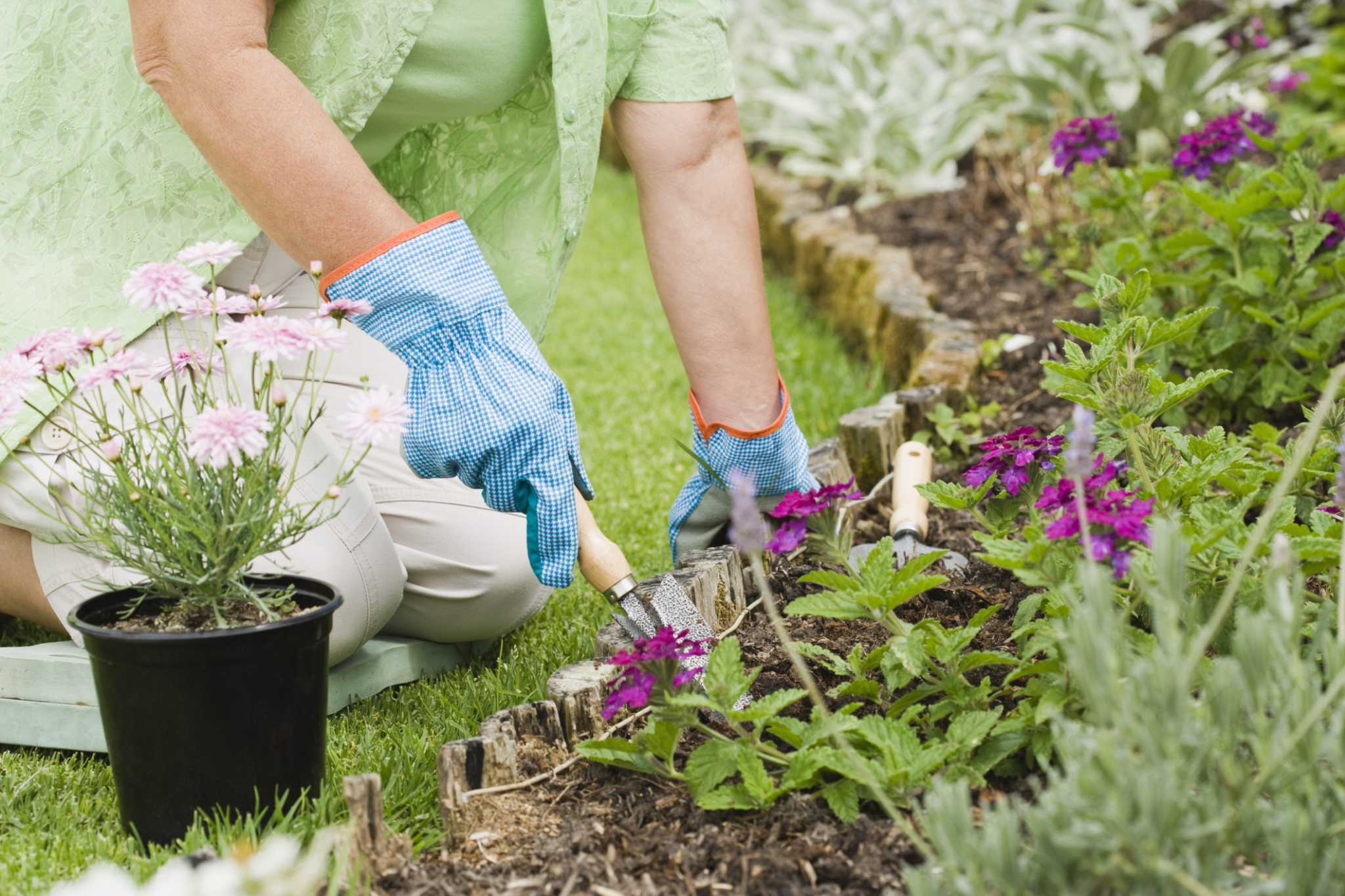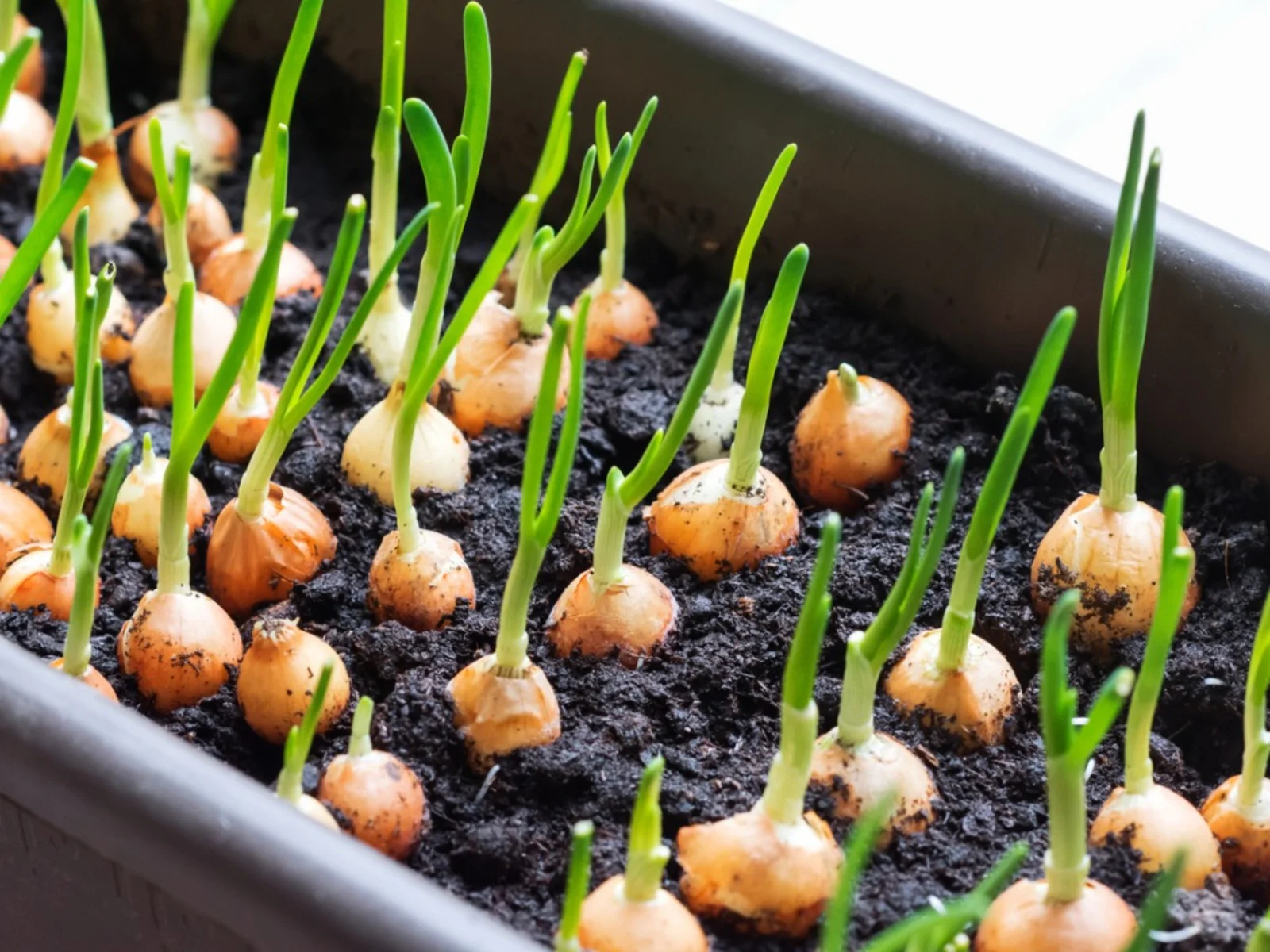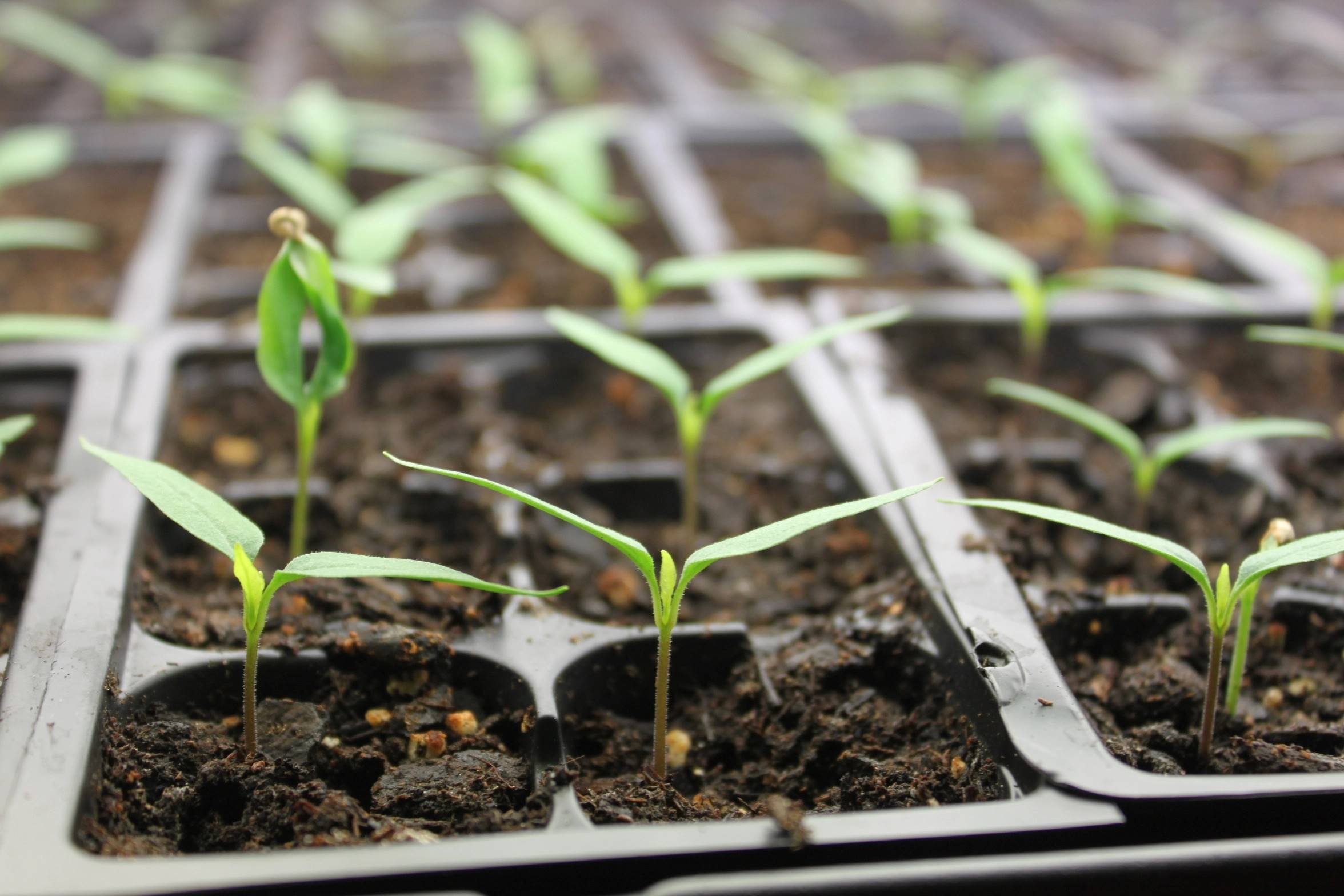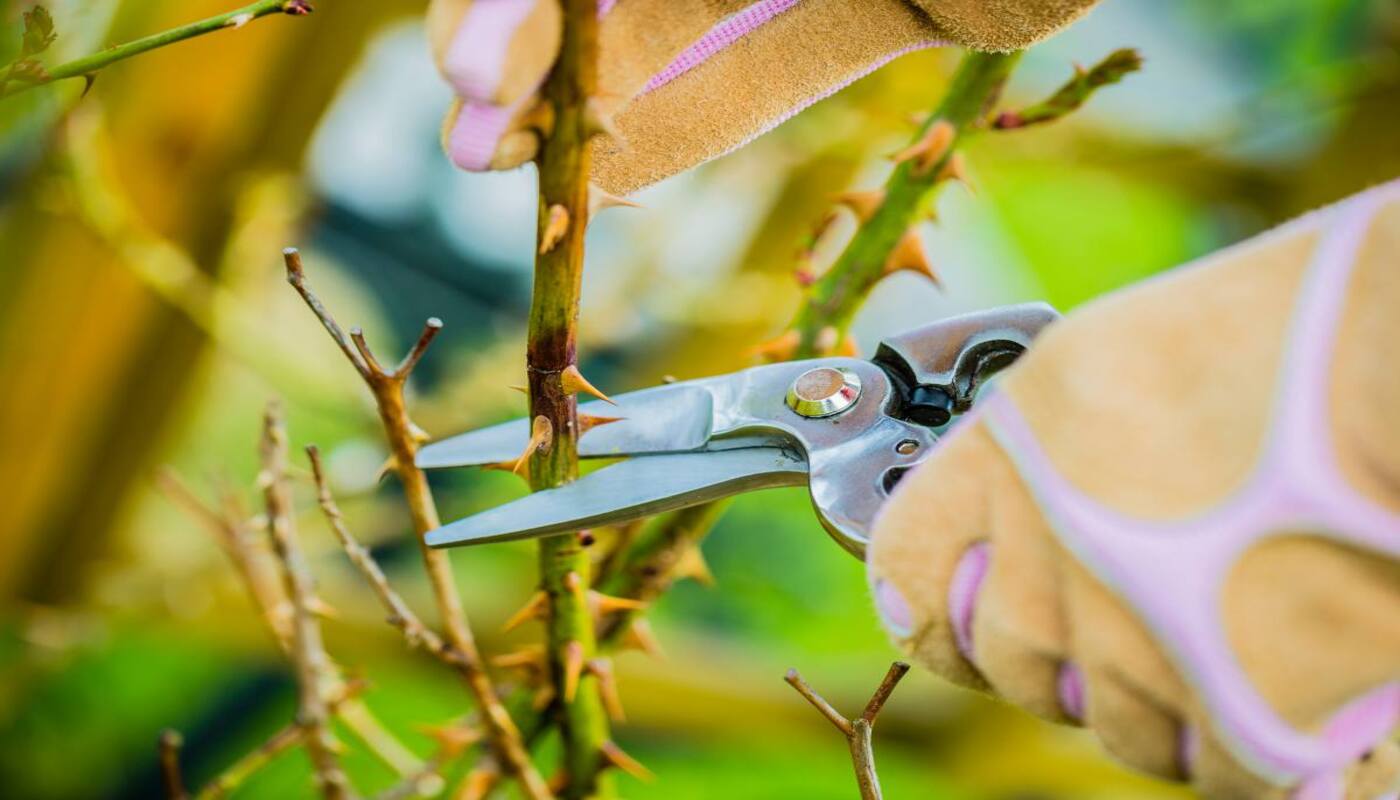Home>Types of Gardening>Ornamental Gardening>When Can You Start Planting Bushes
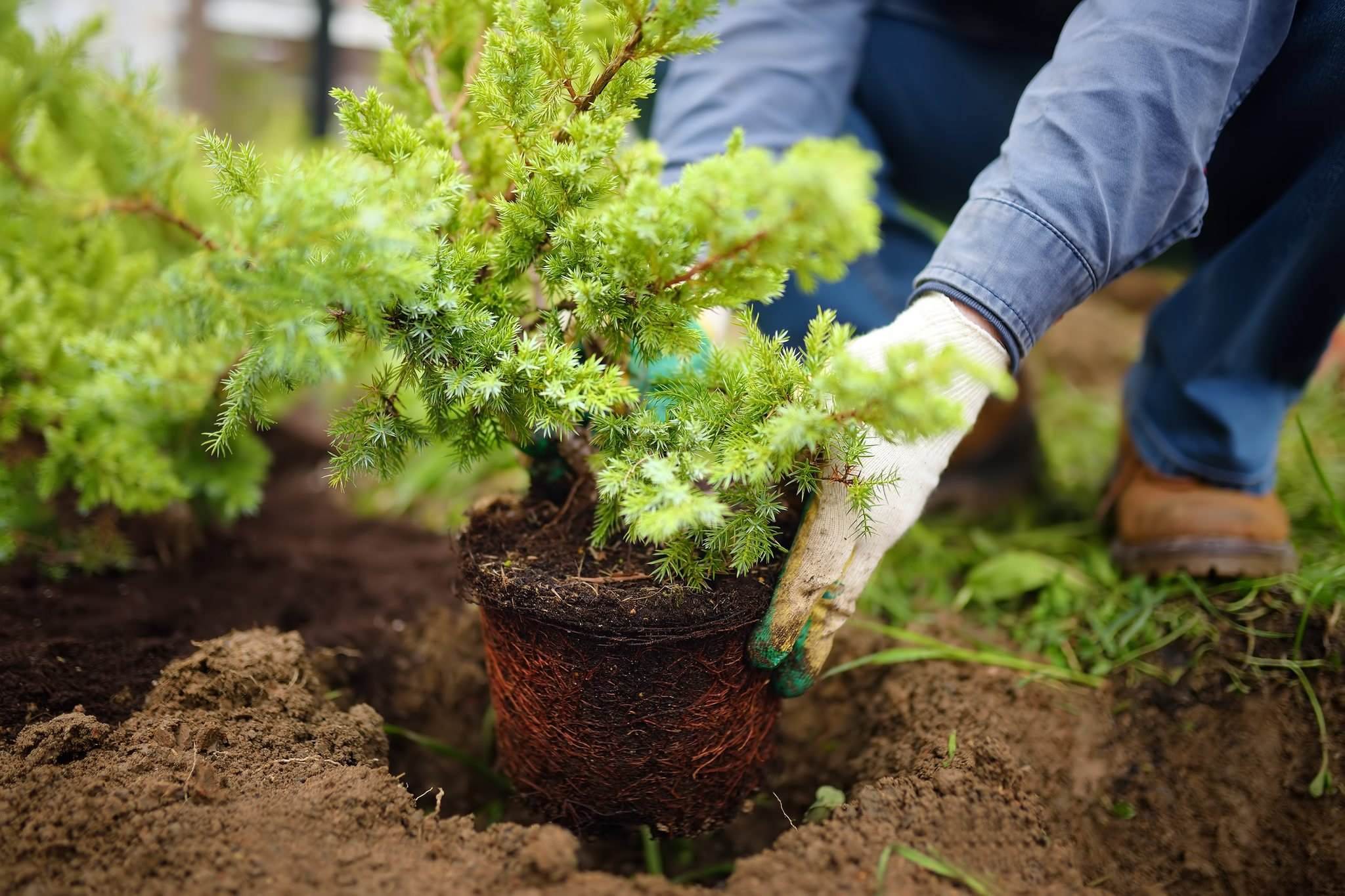

Ornamental Gardening
When Can You Start Planting Bushes
Published: September 5, 2023
Discover the ideal time to start planting ornamental bushes in your garden. Get expert tips and advice on ornamental gardening for beautiful and vibrant outdoor spaces.
(Many of the links in this article redirect to a specific reviewed product. Your purchase of these products through affiliate links helps to generate commission for Chicagolandgardening.com, at no extra cost. Learn more)
Table of Contents
Introduction
Welcome to the wonderful world of ornamental gardening! If you’re looking to add beauty and charm to your outdoor space, planting bushes is a fantastic choice. From vibrant blooms to lush foliage, bushes can transform any garden into a picturesque paradise. But before you start digging, it’s important to understand when and how to plant bushes for optimal growth and beauty.
Planting bushes not only enhances the aesthetics of your yard but also provides numerous practical benefits. Bushes can create privacy, offer shade, attract wildlife, and help with erosion control. Whether you’re a seasoned gardener or a beginner, this article will guide you through the process of planting bushes and maintaining their health and vitality.
Before getting your hands dirty, there are several factors to consider to ensure that your bushes thrive in their new environment. Climate, soil conditions, and choosing the right type of bushes are all crucial elements in the success of your gardening endeavor. By understanding these factors and following proper planting techniques, you can create a stunning and flourishing landscape that will be the envy of the neighborhood.
So, grab your gardening tools, put on your gloves, and let’s get started on this gardening adventure. In the following sections, we will explore the essential factors you need to consider before planting your bushes, from climate and soil conditions to proper planting techniques and maintenance. By the end of this article, you’ll be equipped with the knowledge and skills to cultivate a vibrant and thriving garden that will provide enjoyment for years to come.
Factors to Consider Before Planting Bushes
Before you start planting bushes in your garden, there are several important factors to consider. By taking these factors into account, you can ensure that your bushes will thrive and grow successfully in their new environment.
1. Climate and Seasonal Considerations: The climate of your region plays a significant role in determining the types of bushes that will thrive in your garden. Some bushes prefer cooler temperatures, while others thrive in warmer climates. Research the hardiness zone of your area and choose bushes that are well-suited to your climate. Additionally, consider the seasonal changes in your region. Different bushes have varying blooming periods, and it’s important to choose ones that will provide year-round interest in your garden.
2. Soil Conditions and Preparation: The condition of your soil is crucial for the successful growth of your bushes. Conduct a soil test to determine its pH level and nutrient content. Most bushes prefer well-draining soil with a pH range between 6 and 7. If necessary, amend the soil by adding organic matter such as compost or peat moss to improve its fertility and drainage. Proper soil preparation before planting will provide a healthy foundation for your bushes to establish their roots.
3. Choosing the Right Bushes for Your Yard: Consider the specific needs of your yard, including available space, sun exposure, and desired aesthetic. Some bushes require full sun, while others can tolerate shade. Take note of the mature size of the bushes to ensure they won’t overcrowd or overshadow other plants in your garden. Additionally, select bushes that complement the overall design and theme of your yard, whether it’s a formal garden or a naturalistic landscape.
4. Maintenance and Care Requirements: Before committing to certain types of bushes, consider the level of maintenance and care they require. Some bushes are low-maintenance and can thrive with minimal attention, while others may need regular pruning, fertilization, or pest control. Assess your available time and gardening skills to choose bushes that align with your maintenance capabilities.
By carefully considering these factors, you can make informed decisions when planting bushes in your garden. The next section will delve into the specific climate and seasonal considerations to keep in mind for a successful planting experience.
Climate and Seasonal Considerations
The climate of your region and the seasonal changes throughout the year play a crucial role in determining the success of your bush planting endeavors. Understanding these climate and seasonal considerations will help you choose the right bushes for your garden and ensure their optimal growth and vitality.
1. Hardiness Zone: Every region has a specific hardiness zone that indicates the temperature extremes plants can tolerate. Identify your hardiness zone to determine which types of bushes are suitable for your area. This information will guide you in selecting bushes that can withstand the local climate and protect them from potential winter damage or summer heat stress.
2. Frost Dates: Frost dates are essential to consider when planting bushes. Knowing the average date of the last spring frost and the first fall frost in your area will help you determine the appropriate timing for planting. Planting too early can expose young bushes to late spring frosts, while planting too late may not allow sufficient time for the roots to establish before winter arrives.
3. Seasonal Changes: Understanding the seasonal changes in your region can help you select bushes that provide year-round interest in your garden. Consider the blooming periods of different bushes to create a dynamic and visually appealing landscape throughout the seasons. Choose a variety of bushes that bloom in spring, summer, and fall to enjoy continuous bursts of color and fragrance.
4. Sun and Shade: Evaluate the sun exposure in your garden to determine which bushes will thrive in different areas. Some bushes require full sun, meaning they need at least six hours of direct sunlight per day. Others can tolerate partial shade or even full shade. Take note of the sun patterns in your garden and select bushes accordingly to ensure their optimal growth and flowering.
5. Water Availability: Consider the water availability in your region when choosing bushes. Some bushes are drought-tolerant and can withstand dry conditions, while others require consistent moisture. Take into account your local rainfall patterns and whether you have access to irrigation systems to ensure that the chosen bushes can thrive in your garden’s specific water conditions.
By considering these climate and seasonal factors, you will be able to select bushes that are well-suited to your region’s conditions. The next section will discuss soil conditions and preparation, which are essential for providing the optimal growing environment for your bushes.
Soil Conditions and Preparation
The condition of your soil is a critical factor in the success of planting and growing healthy bushes in your garden. Before planting, it is essential to assess the soil conditions and make any necessary preparations to create an optimal environment for your bushes to thrive.
1. Soil Testing: Conducting a soil test is the first step in understanding the composition and pH level of your soil. This test provides valuable information about the nutrients present, drainage capacity, and overall health of the soil. You can purchase a soil testing kit or send a soil sample to a local extension service. The results will guide you in making informed decisions about soil amendments and fertilization.
2. pH Level: The pH level of your soil influences the availability of nutrients for your bushes. Most bushes prefer soils with a slightly acidic to neutral pH range of 6 to 7. If your soil is too acidic (low pH) or too alkaline (high pH), you may need to make adjustments. Adding organic matter, such as compost or peat moss, can help balance the pH level and improve overall soil quality.
3. Drainage: Proper drainage is essential for the healthy growth of bushes. Soil that retains too much water can lead to root rot and other moisture-related issues. On the other hand, excessively sandy or fast-draining soil may require additional amendments to improve moisture retention. Evaluate the drainage capacity of your soil and make any necessary adjustments by adding organic matter or using raised beds or containers.
4. Organic Matter: Adding organic matter to your soil improves its fertility, structure, and water-holding capacity. Compost, well-rotted manure, or leaf mold are excellent options for enriching the soil with nutrients and promoting beneficial microbial activity. Work the organic matter into the top few inches of soil before planting your bushes.
5. Weed Control: Clearing the area of weeds and grasses is crucial before planting your bushes. Weeds compete with bushes for nutrients, water, and sunlight. Remove weeds manually or use a suitable herbicide, ensuring that it is safe for the chosen bushes.
By addressing the soil conditions and preparing the planting area appropriately, you will create a favorable environment for your bushes to establish their roots and thrive. The next section will guide you in choosing the right bushes for your yard, considering factors such as available space, sun exposure, and aesthetics.
Choosing the Right Bushes for Your Yard
Choosing the right bushes for your yard is crucial for creating a visually appealing and harmonious landscape. Consider factors such as available space, sun exposure, and desired aesthetic to select bushes that will thrive and enhance the beauty of your outdoor space.
1. Available Space: Assess the available space in your yard to determine the appropriate size and shape of the bushes. Consider both the width and height at maturity to ensure that the chosen bushes fit the designated area without overcrowding other plants or structures. Allow for sufficient spacing between bushes to promote airflow and prevent diseases.
2. Sun Exposure: Determine the amount of sunlight the planting area receives. Some bushes thrive in full sun, while others prefer partial shade or even full shade. Observe the sun patterns in your yard throughout the day and choose bushes that are well-suited to the specific sun exposure conditions of the site. This will ensure that your bushes receive the optimal amount of sunlight for proper growth and flowering.
3. Aesthetic Considerations: Consider the overall design and aesthetic theme of your yard. Do you prefer a formal garden with neatly pruned hedges, or do you lean towards a more naturalistic landscape with a variety of blooms and textures? Choose bushes that complement the style and atmosphere you want to create in your garden. Consider the color of the foliage and blooms, as well as any unique features, such as fragrant flowers or interesting bark.
4. Maintenance Requirements: Evaluate the level of maintenance and care you are willing to provide for your bushes. Some bushes require regular pruning, fertilization, or pest control, while others are low-maintenance and can thrive with minimal attention. Assess your available time and gardening skills to choose bushes that align with your maintenance capabilities.
5. Native and Adaptive Plants: Consider selecting native or adaptive bushes that are well-suited to your local climate and soil conditions. Native plants are adapted to the specific environment and often require less water and maintenance. They also provide habitat and food for native wildlife.
By considering these factors, you can choose bushes that will thrive in your yard, provide visual interest, and contribute to a cohesive and well-designed landscape. In the next section, we will explore the proper techniques for planting bushes to ensure their successful establishment and growth.
Proper Planting Techniques for Bushes
Proper planting techniques are essential for the successful establishment and long-term health of your bushes. Following these guidelines will ensure that your bushes have a strong foundation and can thrive in their new environment.
1. Digging the Hole: Dig a hole that is wider and slightly shallower than the root ball of your bush. This allows the roots to have room to spread and establish themselves in the surrounding soil. The width of the hole should be at least twice the diameter of the root ball.
2. Preparing the Soil: Loosen the soil in the planting hole and amend it with organic matter such as compost or well-rotted manure. This helps improve the soil structure, drainage, and nutrient content, providing a favorable environment for the roots to grow.
3. Handling the Root Ball: Carefully remove the bush from its container or burlap wrapping, being mindful not to disturb the roots. If the roots are tightly bound, gently loosen them with your fingers or a garden tool to encourage proper growth.
4. Placing and Positioning: Place the bush in the center of the planting hole, ensuring that the top of the root ball is level with or slightly above the surrounding soil. This prevents the bush from sinking too deeply after planting. Adjust the position to achieve the desired spacing and orientation.
5. Backfilling and Watering: Backfill the hole with the amended soil, gently firming it around the roots as you go to eliminate air pockets. Water the bush thoroughly after planting to settle the soil and provide essential moisture. Add a layer of mulch around the base to help conserve moisture and suppress weeds.
6. Staking (if necessary): Depending on the size and structure of the bush, it may require staking to provide support during the initial growth phase. Use soft ties or flexible stakes to avoid damaging the branches or trunk. Check the stakes regularly and remove them once the bush is firmly established.
7. Pruning: After planting, prune any damaged or broken branches, as well as any crossing or overcrowded branches. This helps shape the bush, improves airflow, and promotes healthy growth.
8. Watering and Care: Monitor the moisture level of the soil and water the bush regularly, especially during dry periods. Provide the necessary care, such as fertilization and pest control, following the specific requirements for the chosen bushes.
By following these proper planting techniques, you can give your bushes the best start in their new home. The next section will focus on the maintenance and care required for newly planted bushes to ensure their continued health and vitality.
Maintenance and Care for Newly Planted Bushes
Proper maintenance and care are crucial for the survival and long-term health of newly planted bushes. By providing the right care during the initial stages, you can ensure that your bushes establish strong roots, grow vigorously, and thrive in your garden.
1. Watering: Adequate watering is essential for the establishment of newly planted bushes. Water deeply and regularly, ensuring that the soil stays consistently moist but not waterlogged. Monitor the moisture level and adjust the watering frequency based on the weather conditions.
2. Mulching: Apply a layer of organic mulch around the base of the bush, but keep it several inches away from the trunk. Mulch helps conserve soil moisture, regulate temperature, and suppress weed growth. Use materials like wood chips, bark, or straw, and maintain a layer about 2-3 inches thick.
3. Pruning: Limit pruning during the first year to allow the bush to focus on root development. Remove any dead, damaged, or diseased branches as necessary. After the first year, you can prune to shape the bush, promote airflow, and maintain its desired size.
4. Fertilizing: Newly planted bushes may benefit from a slow-release fertilizer to provide essential nutrients. Follow the recommended application rates and timing for the specific type of bushes. Avoid over-fertilization, as it can lead to excessive vegetative growth at the expense of flower production.
5. Pest and Disease Control: Monitor your bushes regularly for signs of pests or diseases. Treat any issues promptly to prevent them from spreading and causing damage. Use organic or chemical control methods as appropriate, following the instructions on the product labels.
6. Protection from Extreme Weather: Extreme weather conditions, such as strong winds, frost, or intense heat, can stress newly planted bushes. Consider providing temporary protection, such as windbreaks or frost covers, to shield the bushes from harsh conditions until they become more established.
7. Regular Inspections: Regularly inspect your bushes for any signs of stress, nutrient deficiencies, or pest infestations. Catching and addressing issues early can prevent further damage and ensure the health and vitality of your bushes.
8. Continuing Care: Once your bushes are well-established, they will still require regular maintenance and care. This includes routine pruning, fertilizing, watering, and pest control. Stay attentive to their needs and adjust your care practices accordingly.
By providing proper maintenance and care for your newly planted bushes, you are laying the foundation for their continued growth and success. In the next section, we will conclude this article with a recap of the key points and the importance of ornamental gardening in creating beautiful outdoor spaces.
Conclusion
Ornamental gardening offers a wonderful opportunity to transform your outdoor space into an enchanting oasis of beauty, color, and fragrance. By following the proper techniques for planting, considering climate and soil conditions, and providing the necessary maintenance and care, you can create a thriving and visually appealing garden with lush and vibrant bushes.
Before planting bushes, it is crucial to consider factors such as climate, soil conditions, available space, and aesthetic preferences. These considerations will help you choose the right bushes that will thrive in your specific environment and complement the overall design of your yard.
Proper planting techniques, including digging the right-sized hole, preparing the soil, and handling the root ball carefully, will ensure that your bushes have a strong foundation for growth. Regular watering, mulching, pruning, and fertilizing will support their health and vitality as they become established.
Regular inspections for pests, diseases, and other issues, as well as providing protection from extreme weather conditions, will help maintain the longevity and beauty of your bushes. Following these maintenance and care practices will ensure that your newly planted bushes flourish and enhance the overall appearance of your garden.
Ornamental gardening not only adds visual appeal to your outdoor space but also offers a myriad of practical benefits. Bushes can provide privacy, shade, erosion control, and habitat for wildlife. They contribute to a harmonious and serene atmosphere, inviting you to immerse yourself in the splendor of nature.
So, whether you’re a seasoned gardener or just starting your gardening journey, planting bushes in your yard is a rewarding endeavor. With proper planning, selection, and care, you can create a stunning and thriving garden that will bring joy and serenity to your life for years to come.
